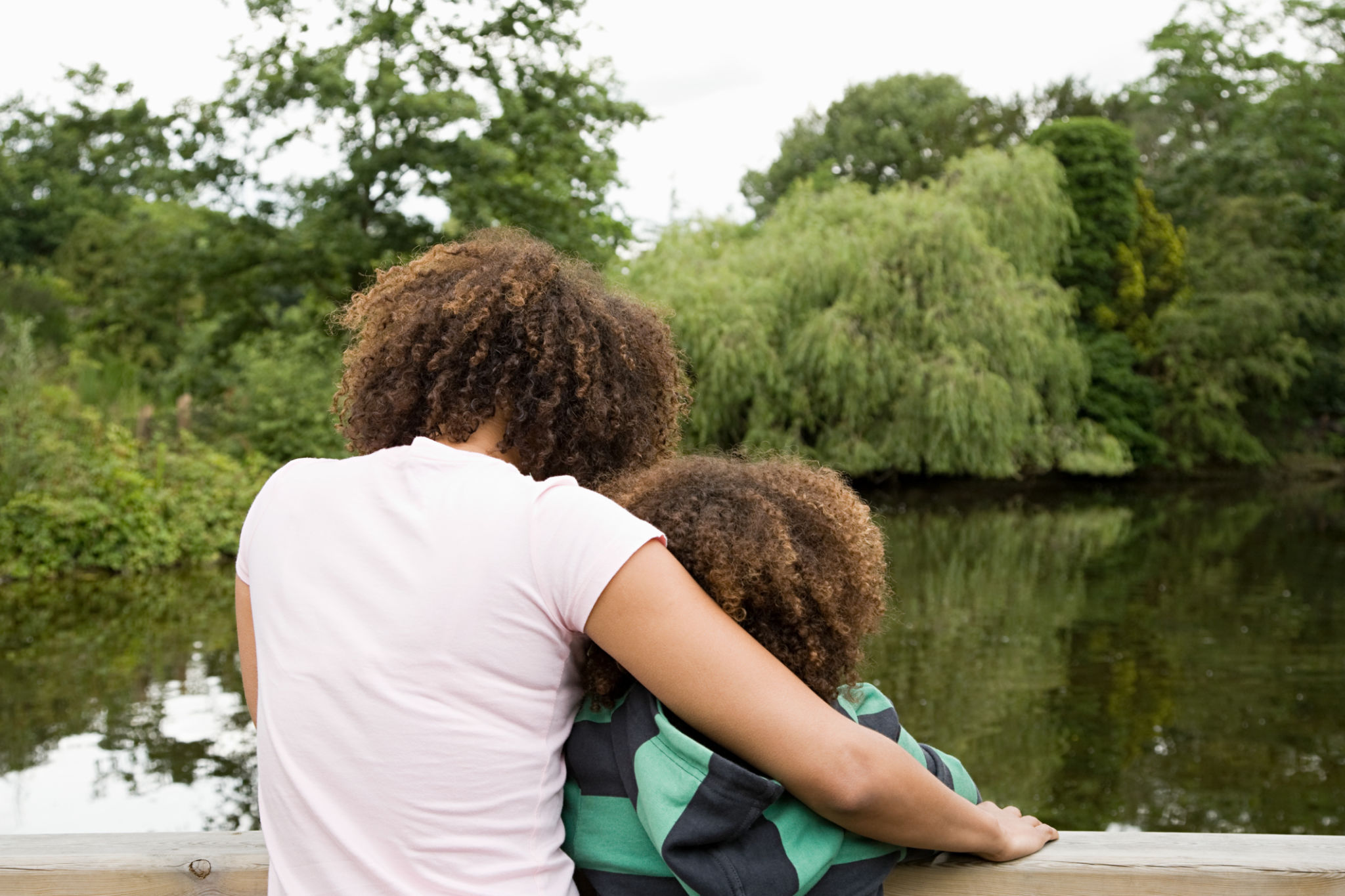Engaging Kids in Wildlife Education: Tips for Schools and Parents
Inspiring Curiosity in Young Minds
Engaging children in wildlife education is a wonderful way to spark their curiosity about the natural world. By integrating wildlife education into school curriculums and family activities, we can inspire the next generation to appreciate and protect our planet’s diverse ecosystems.
One effective way to engage children is through storytelling. Stories about animals and their habitats captivate young imaginations, making learning fun and memorable. Whether through books, films, or interactive digital content, storytelling can introduce children to the wonders of wildlife and the importance of conservation.

Interactive Learning Experiences
Hands-on experiences are crucial for deepening children’s understanding of wildlife. Schools and parents can organize field trips to local zoos, aquariums, or nature reserves, where children can observe animals firsthand. These trips provide an opportunity for experiential learning, allowing children to see the principles they’ve learned in action.
In addition to field trips, schools can incorporate interactive activities such as building birdhouses, creating wildlife journals, or setting up classroom gardens. These projects not only enhance learning but also cultivate a sense of responsibility towards the environment.
Utilizing Technology for Wildlife Education
Technology offers innovative ways to engage children with wildlife education. Educational apps and online platforms provide interactive games and virtual tours that bring the wonders of nature right to their fingertips. These tools can be especially useful for reaching students who may not have easy access to natural environments.

Involving Families in Wildlife Education
Parents play a key role in reinforcing wildlife education at home. Encouraging outdoor activities like hiking, birdwatching, or visiting local parks can foster a love for nature. Families can also participate in citizen science projects that involve collecting data on local wildlife, which helps children see the impact of their efforts on real-world conservation initiatives.
Cultivating a Sense of Stewardship
To truly engage children in wildlife education, it’s important to instill a sense of stewardship. Teaching them about the interconnectedness of ecosystems and the role humans play in safeguarding these systems can empower children to become active participants in conservation efforts.

An effective approach is to discuss simple actions they can take, such as reducing waste, recycling, and conserving water. Schools and parents can further this message by setting examples and creating opportunities for children to participate in environmental clean-up projects or tree planting events.
Encouraging Questions and Exploration
Finally, nurturing a child’s natural curiosity is essential for engaging them in wildlife education. Encouraging questions and exploration allows children to develop critical thinking skills and fosters a lifelong love of learning. Teachers and parents should create environments where questions are welcomed and exploration is encouraged.
By integrating these approaches into educational strategies, both schools and parents can play a pivotal role in shaping environmentally conscious individuals who are passionate about preserving the world's wildlife.
